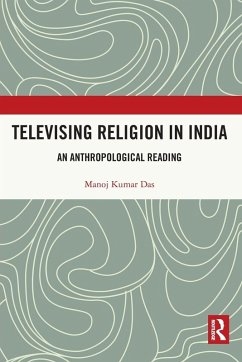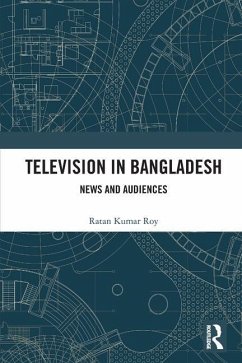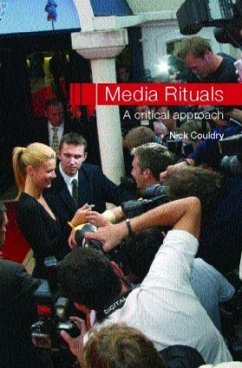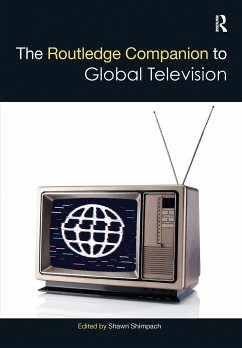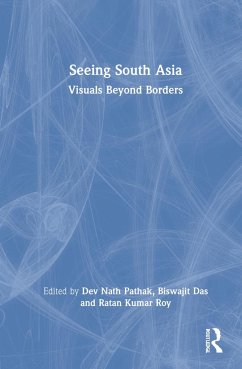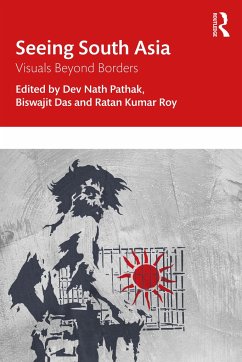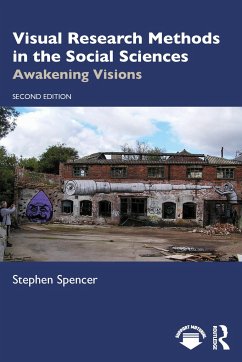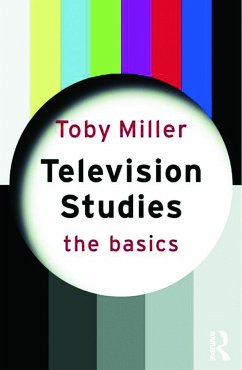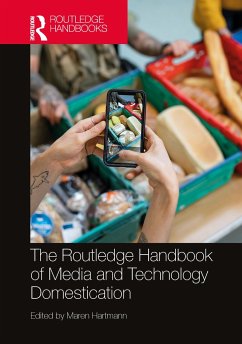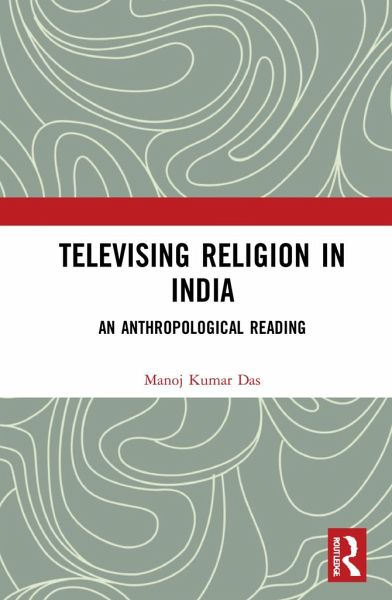
Televising Religion in India
An Anthropological Reading

PAYBACK Punkte
77 °P sammeln!
This book explores how religion manifests itself in television. It focuses on how religious traditions, practices, and discourses have been incorporated into non-religious television programmes and how they bring both the community and the media into the fold of religion.The volume traces the cultural and institutional history of television in the state of Sikkim, India, to investigate how it became part of the cultural life of the communities. The author analyses three televised shows that captured the community's imagination and became ceremonial and religious engagement. Through these case ...
This book explores how religion manifests itself in television. It focuses on how religious traditions, practices, and discourses have been incorporated into non-religious television programmes and how they bring both the community and the media into the fold of religion.
The volume traces the cultural and institutional history of television in the state of Sikkim, India, to investigate how it became part of the cultural life of the communities. The author analyses three televised shows that captured the community's imagination and became ceremonial and religious engagement. Through these case studies, he highlights how rituals and myths function in mass media, how traditional institutions and religious practices redefine themselves through their association with the visual mass medium, and how identities based on religion, cultural tradition, and politics are reinforced, transformed, and amplified through television. The book further analyses the engagement of televised religion with audiences, its reach, relevance, and contents and its relationship with urbanity, tradition, and identity.
This volume will be of interest to students and researchers of media and communication studies, cultural studies, religious studies, sociology, cultural anthropology, and history.
The volume traces the cultural and institutional history of television in the state of Sikkim, India, to investigate how it became part of the cultural life of the communities. The author analyses three televised shows that captured the community's imagination and became ceremonial and religious engagement. Through these case studies, he highlights how rituals and myths function in mass media, how traditional institutions and religious practices redefine themselves through their association with the visual mass medium, and how identities based on religion, cultural tradition, and politics are reinforced, transformed, and amplified through television. The book further analyses the engagement of televised religion with audiences, its reach, relevance, and contents and its relationship with urbanity, tradition, and identity.
This volume will be of interest to students and researchers of media and communication studies, cultural studies, religious studies, sociology, cultural anthropology, and history.



